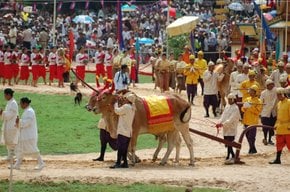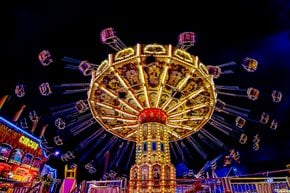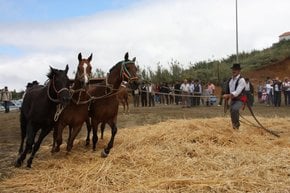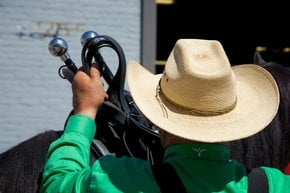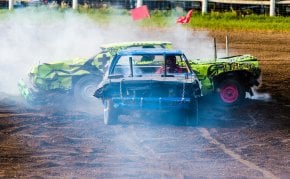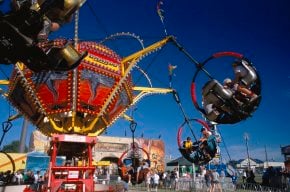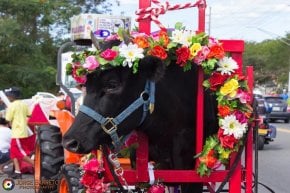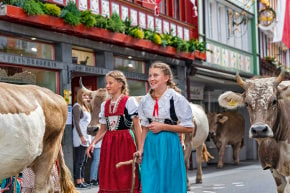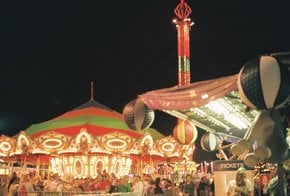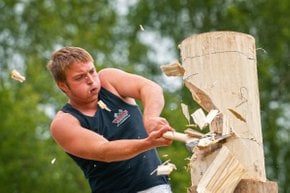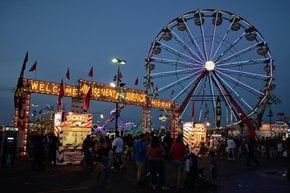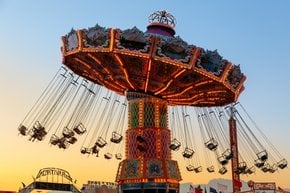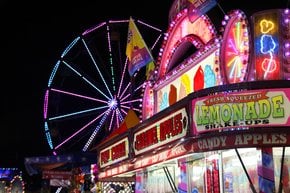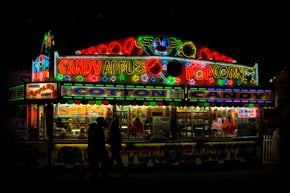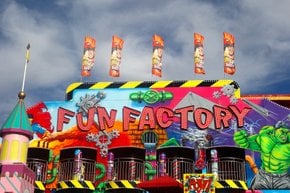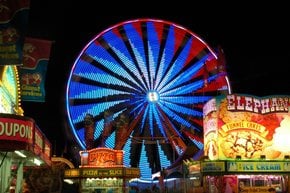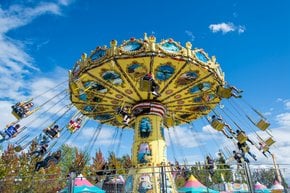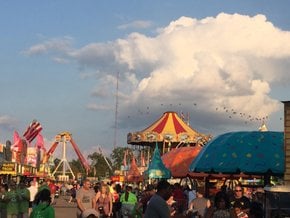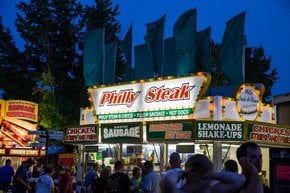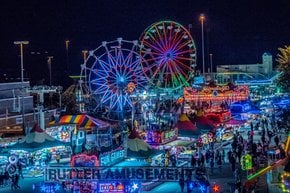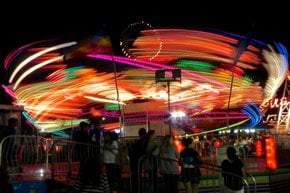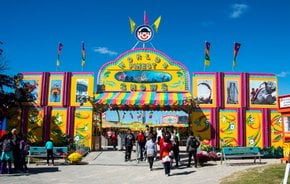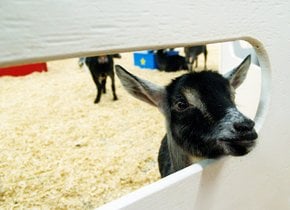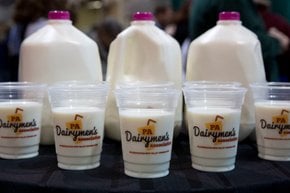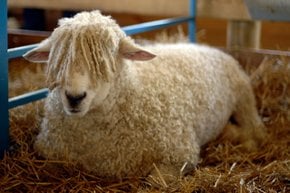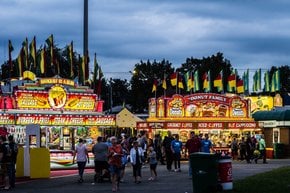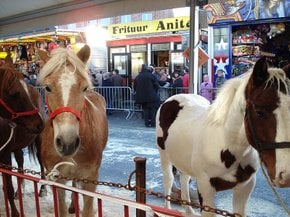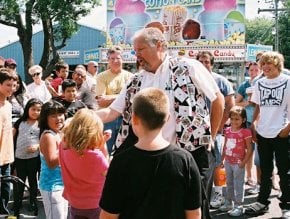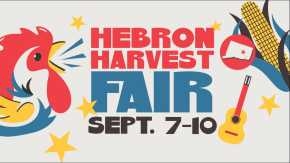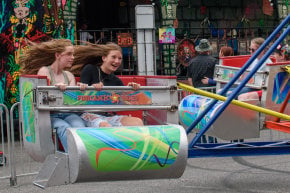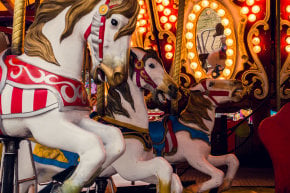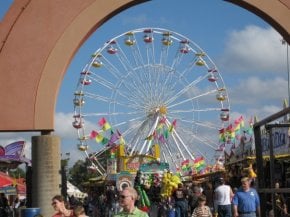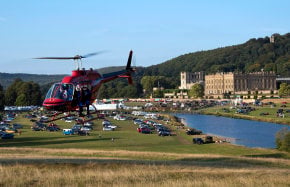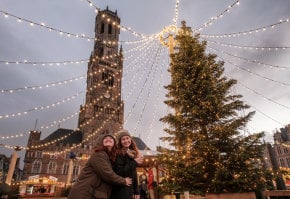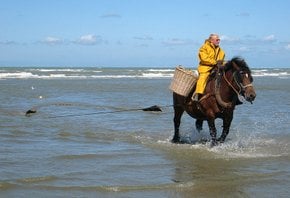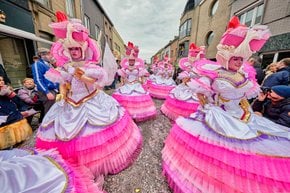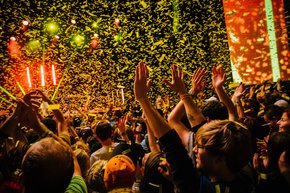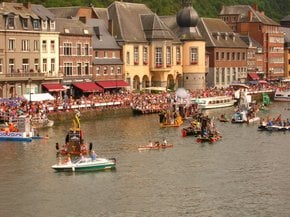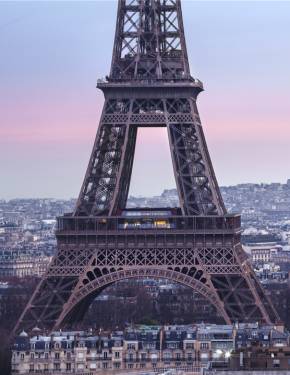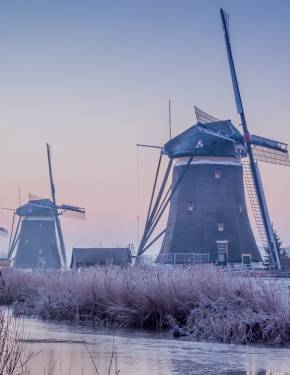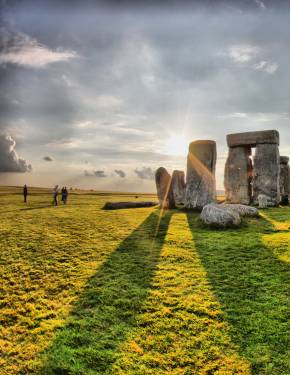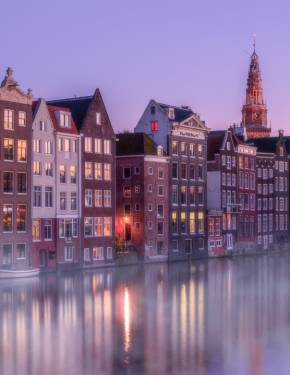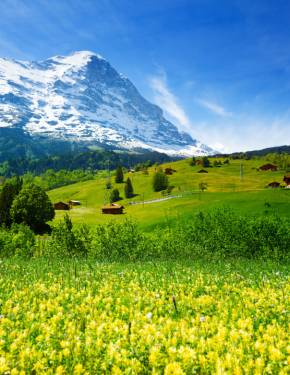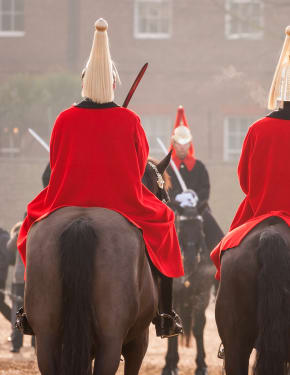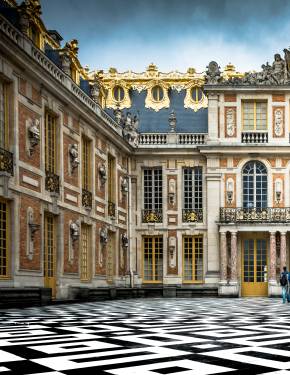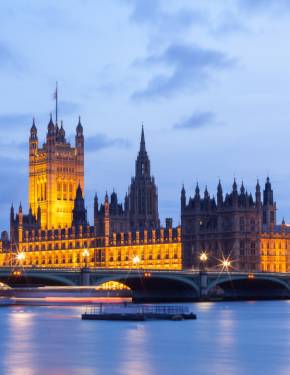Houtem Jaarmarkt 2026 in Belgium
One of the biggest and oldest open-air livestock fairs in Europe
Dates: November 11–November 12
Houtem Jaarmarkt is an annual livestock fair in Sint-Lievens-Houte, a village in East Flanders. For two days on November 11-12 (and the morning of November 13—hours may vary), a small village becomes a meeting place for all those interested in trading cattle and purebred horses. It may not seem that there is anything special to be experienced with regards to livestock, but when it comes to Houtem Jaarmarkt, the situation is different.
Livestock Display
Houtem Jaarmarkt is a significant event in the livestock industry, attracting hundreds of dealers who bring over 600 horses and up to 1,200 cows to the fair. These animals are showcased before judges, farmers, potential buyers, and thousands of spectators. Visitors from across the country flock to the event to experience the bustling atmosphere, explore the five hundred stalls, and witness traditional transactions that often involve handclapping as part of the negotiation process. The fair plays a crucial role in the calendar and identity of professionals in the livestock trade.
The fair doesn't only unite Belgian farmers and dealers: every year, a different country or foreign region (e.g., Andalucía, Champagne, etc.) is invited to showcase their achievements. In such a way, livestock breeders, farmers, and artisans have a chance to get acquainted and exchange their experiences.
Activities
Houtem Jaarmarkt is not only about selling and buying livestock—it is a full-scale fair with music, street food, and drinks served. The long history and unique atmosphere attract visitors from all over the world: over 50,000 people come to the fair annually. Since 2010, Houtem Jaarmarkt has been on the UNESCO list for Intangible Cultural Heritage of Humanity.
Origins of Houtem Jaarmarkt
For around a thousand years, the Houtem Jaarmarkt has taken place on the same day and in the same place. Dealers and farmers have gathered in Sint-Lievens-Houte since the early Middle Ages and keep on returning to the village on a yearly basis. The fair is held on St. Martin’s Day—historically, it was the day for the annual slaughter of fattened cattle. Aside from the symbolic date, the fair still holds onto some of the old traditions of traders. For instance, in the course of negotiations, participants may show their interest and agree on a deal by handclapping.




